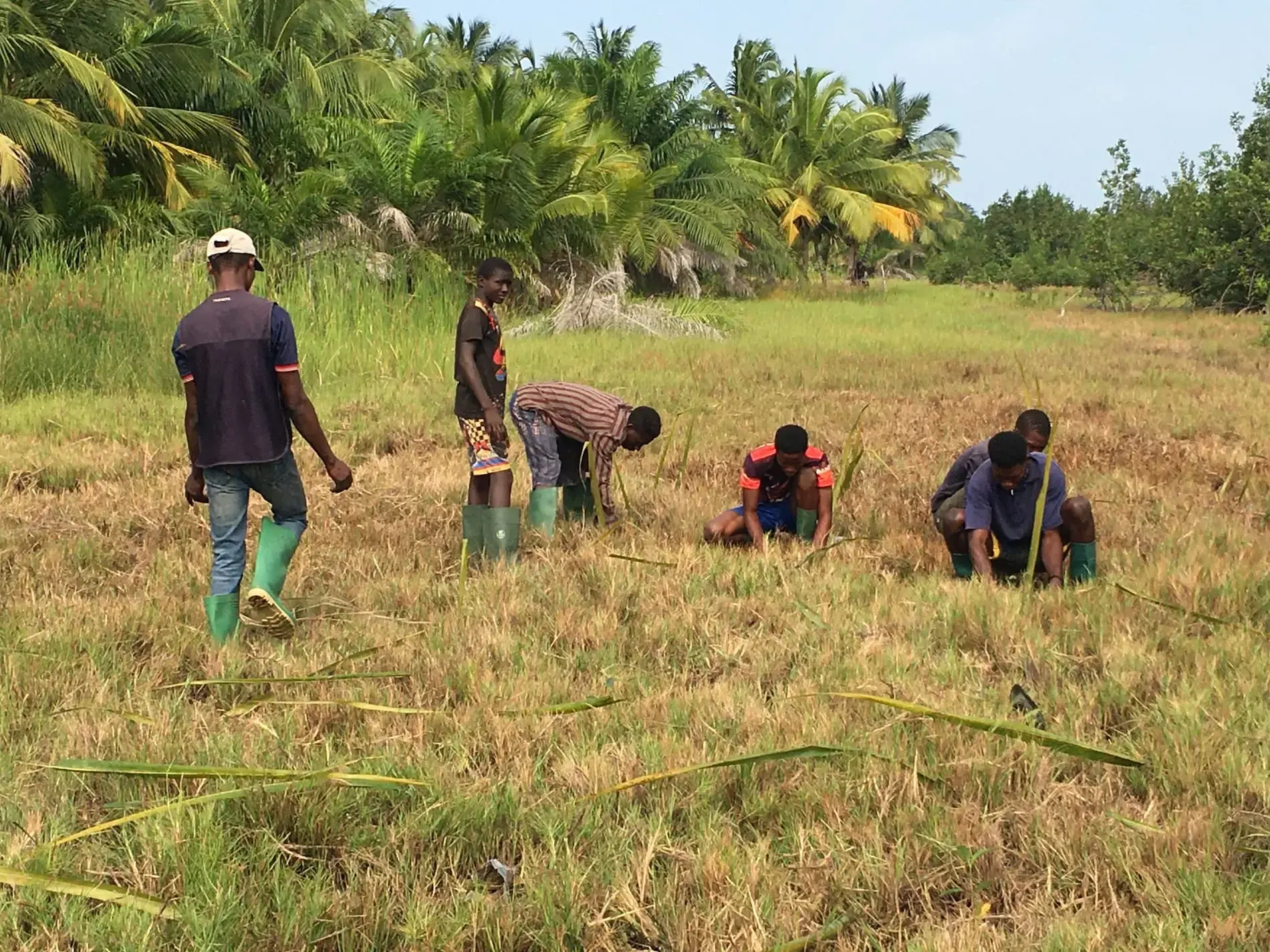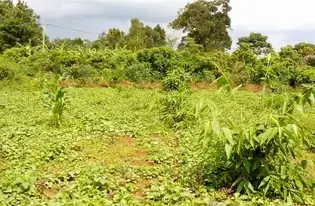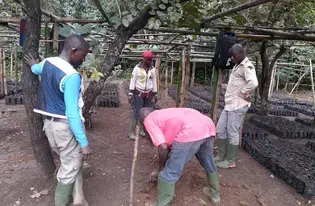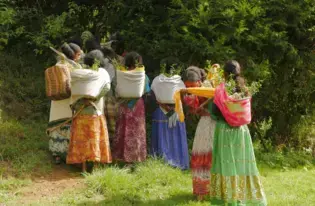To accelerate Ghana’s fight for a greener future, the eco-warriors at Friends of the Earth are restoring the country’s mangroves and rich biodiversity.
Ghana lost 1.41 million hectares of tree cover since 2000, equivalent to a 20% decrease Predominantly caused by the rapid spread of unsustainable agriculture, this destruction has led to increased landslides and made air pollution worse throughout Ghana.
To help solve this challenge, a Ghanaian environmental organization is harnessing mangroves to regenerate this West African nation and revive these unique “water forests.”
Friends of the Earth - Ghana is an environmental advocacy organization founded in 1986, with a focus on forest and biodiversity restoration and community rights. The organization’s newest initiative is restoring mangroves and promoting agroforestry. The goal is to protect Ghana’s biodiversity, support communities to build sustainable livelihoods and reduce the exploitation of mangroves.
Why mangroves? They are vital to the environment and provide numerous ecosystem services, like storing planet-warming carbon dioxide and protecting coastal communities against erosion, rising sea levels and storm surges.
As communities become more dependent on mangroves, Friends of the Earth developed a long-term plan to partner with them to invest in these coastal ecosystem and help reduce land degradation and biodiversity loss.
Friends of the Earth has been working with 100 women and 150 men in five communities to promote the sustainable use of mangrove ecosystems. The organization has also signed a Memorandum of Understanding with government institutions mandated to manage wetlands and regenerate Ghana’s ecosystems.
To date, Friends of the Earth has restored 60 hectares of land, and produced about 15,000 red and white mangrove seedlings.
With funding from the TerraFund for AFR100, an initiative of World Resources Institute, One Tree Planted, and Realize Impact that finances Africa's top restoration enterprises and projects, Friends of the Earth has also established a system to track their impact and understand how far they still need to go.
According to Project Director Eric Lartey, this partnership has boosted operations and introduced new technological solutions to track progress.
“Partnering with people who understand the value of restoration and introducing innovative solutions to help us assess our work has been a game changer. Being able to make an impact and track it, I would say that it is one of the uniqueness that the project has so far,” says Eric.
Friends of the Earth is also forming partnerships to ensure a bright future for mangrove restoration. It has created partnerships with the private sector, including with Chill River Resort and Ecological Nest to support community mobilization and ensure understanding and regeneration of mangroves.
In the long-term, Friends of the Earth aims to restore 150 hectares of land in the five communities currently engaged in the work. Friends of the Earth will also work closely with additional communities to increase the speed and scale of replanting.
Friends of the Earth shows us that by partnering with the community, it’s possible to mend mangroves for the benefit of both people and the environment.




